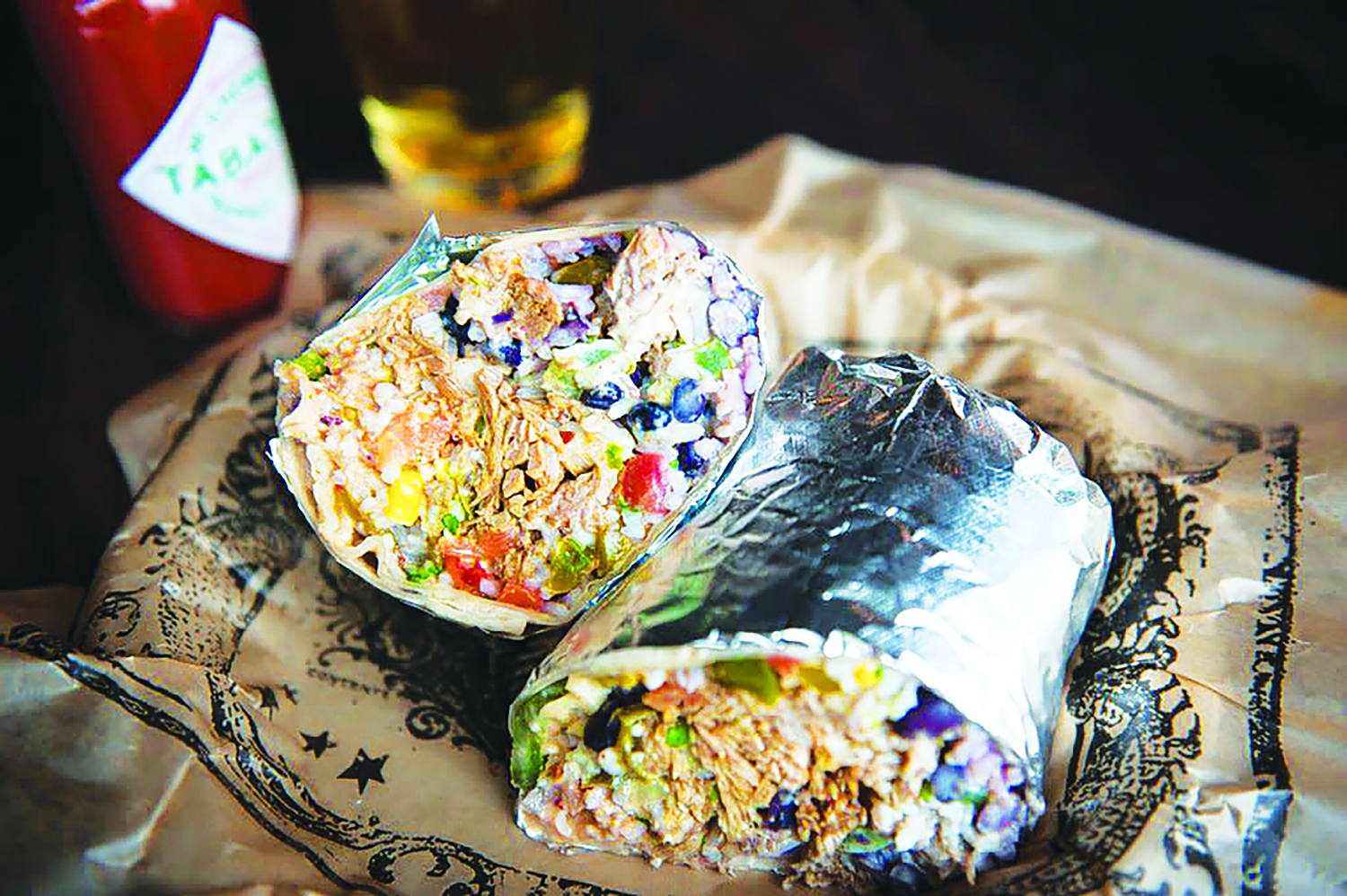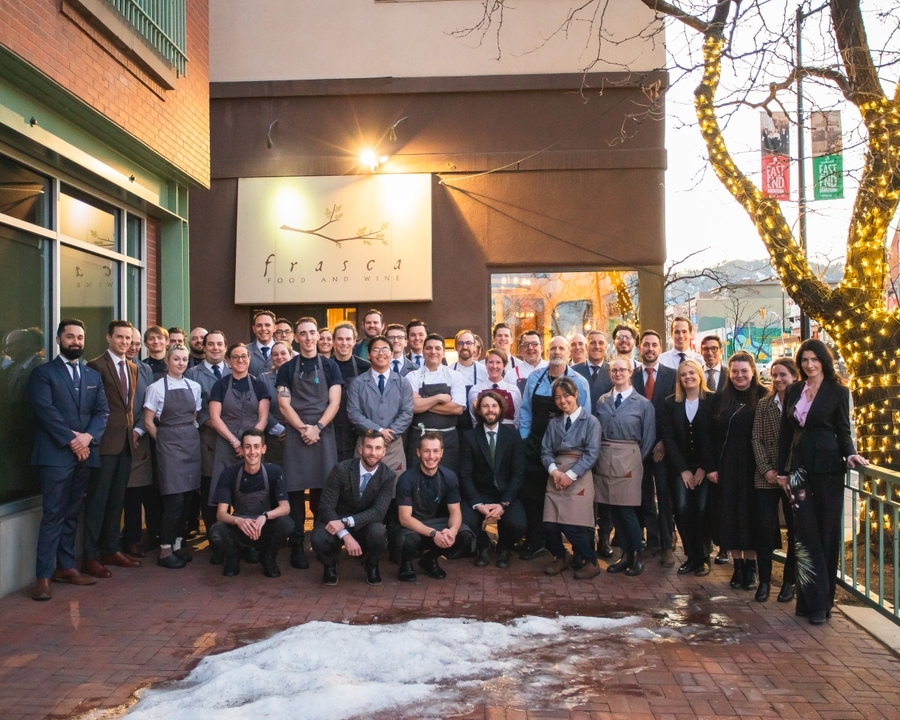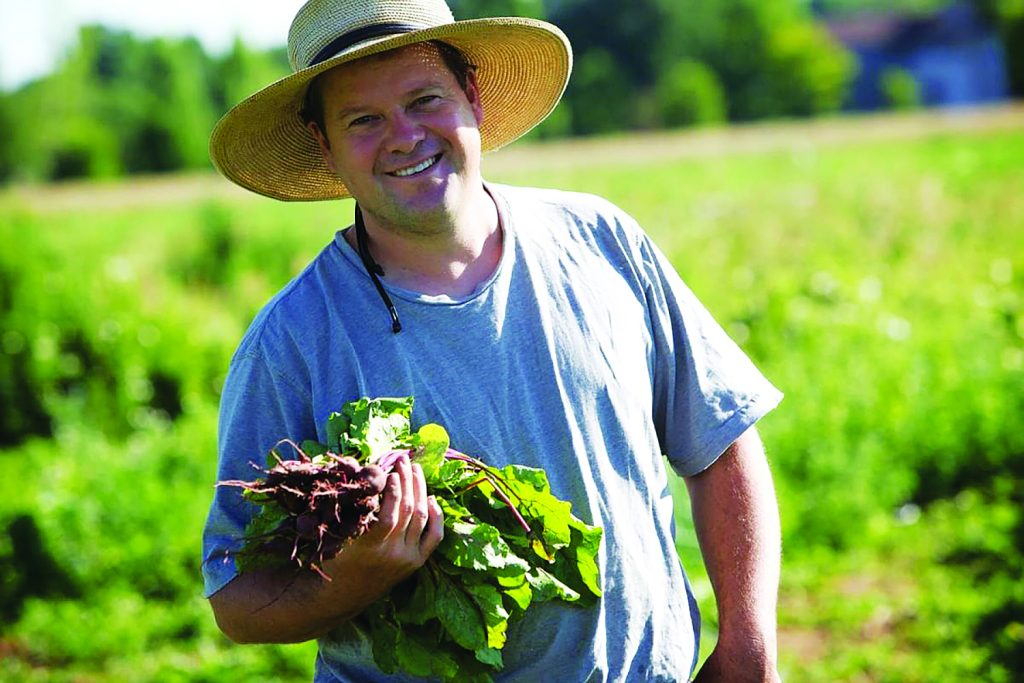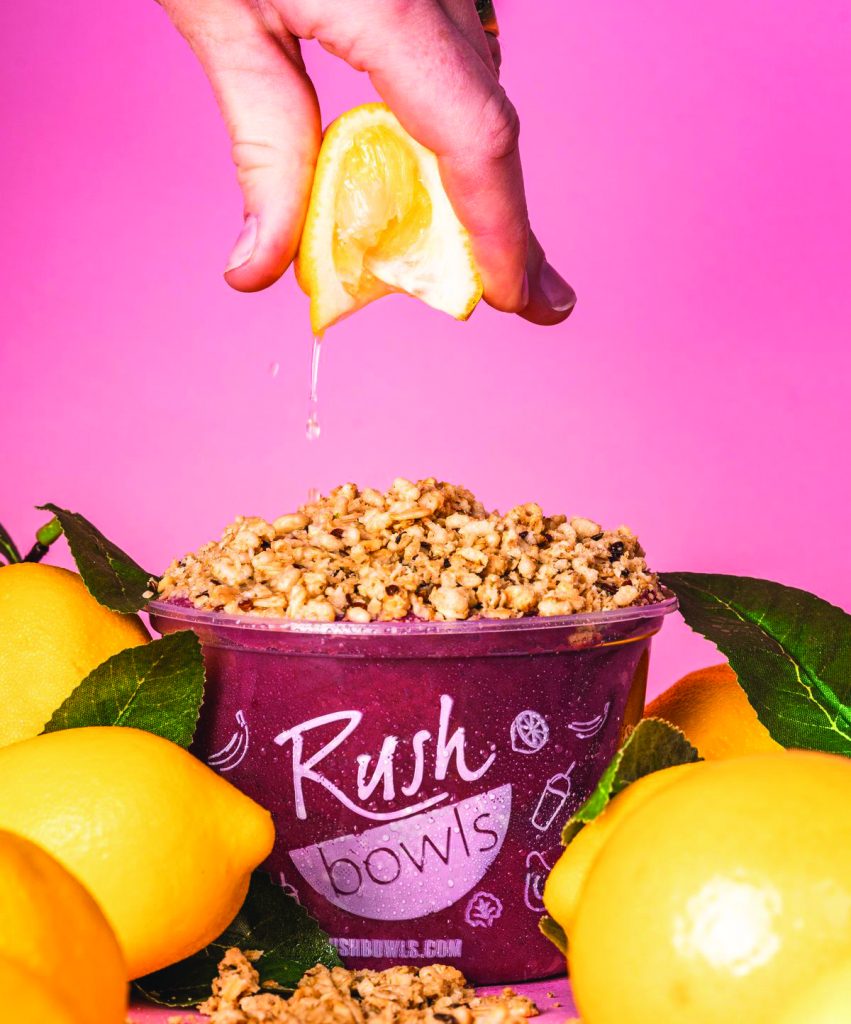
Across the United States at this very moment, people are tasting Boulder food.
Suburbanites are enjoying natural herb tea, nut butter and chai with that all-important “Boulder” imprimatur prominently displayed on the recyclable packages. At suburban strip malls, folks are standing in line to order fast-casual meals at Boulder-born outposts of Rush Bowls, Modern Market Eatery, Illegal Pete’s and Broomfield-headquartered Noodles & Company.
Heck, even kids in a multitude of states are starting to enjoy tasty, scratch-made school lunches again, thanks to chef Ann Cooper’s innovations at the Boulder Valley School District.
Boulder restaurants are opening new outposts along the Front Range. Clearly, the town is a buzzworthy taste maker.
The real question is: Why? How did a relatively small Colorado city come to have such a supersized influence on food and drink in Colorado, across 50 states, and beyond?

The Frasca-nization of Boulder
The Boulder Weekly quizzed two of Colorado’s most experienced food critics about Boulder’s evolution into one the foodiest cities in the nation.
Mark Antonation is a celebrated Denver dining critic who now travels and eats his way through the state working for the Colorado Restaurant Association Foundation. Boulder’s Clay Fong is the former dining critic for Boulder Weekly, the Daily Camera and 5280. He writes occasional stories for Boulder Reporting Lab and is an avid diner and traveler.
“A lot of it has to do with the economics of Boulder,” Antonation says. “It’s a wealthy city and is known as being a place where free spirits could go and do their thing as entrepreneurs.”
Antonation recalls the time an editor of Bon Appetit magazine stopped in Denver. “Somebody asked her what she thought of the Denver food scene. She said: ‘Honestly, I don’t know anything about Denver. I never eat here. I fly into the airport. I go to Frasca, and then I go to Aspen.’
“Frasca put Colorado on the national restaurant map,” Antonation continues. “And the fact is Frasca is in Boulder and notin Denver. It means that Boulder is capable of supporting that level of dining.”
Master Sommelier Bobby Stuckey — co-owner of the Michelin one-star Frasca Food and Wine — was recently named one of The Robb Report’s 50 most influential figures in the American restaurant industry. The magazine labeled him “one of the biggest culinary names in Colorado.”
Frasca may have raised the bar, but Boulder was already primed for its time in the food spotlight.
“Boulder is less a suburb of Denver than it is of the San Francisco Bay area,” Fong says. “It has a similar food ethos. It’s a community open to farm-to-table and sophisticated about wine. There is a disproportionately high number of Master Sommeliers in town. Boulder does punch above its weight.”
Chef Kelly Whitaker and his Id Est Hospitality Group operate BASTA and Dry Storage in Boulder as well as two of Denver’s most highly regarded eateries, The Wolf’s Tailor and BRUTØ.
“Kelly got three Michelins,” Antonation says. “That would be a big deal if you were in New York City, never mind Colorado.”

Credit: Black Cat Farm
Natural evolution
That’s pretty good for a town that has long been pinned with different stereotypes.
“Boulder, for a long time, had a reputation for hippie-dippie, granola-type restaurants,” Antonation says. “That’s all changed now.”
Pioneers like Silk, Rudi’s Organic Bakery and Celestial Seasonings gave Boulder Valley its first food reputation.
“If people know anything about Colorado food,” Fong says, “they’re probably referencing it through beer or a natural food company that started in Boulder.”
Boulder County is also the poster child for promoting sustainable farming, farm-to-table cuisine and local farmers markets.
“People don’t realize that Boulder Valley is one of the top growing regions in Colorado,” Antonation says. “The farm scene there is much better than in other parts of the Front Range making it easier for restaurants to get good, fresh produce.”
Locals take it for granted that they can grab farm-fresh corn, tomatoes, meats and locally prepared foods all summer from an abundance of roadside stands.
“Boulder County has so many more farm stands — really good ones like Black Cat Farm, Cure Farm and Munson Farm — than in most of Colorado,” Fong says.

Boulder invasion
Boulder eateries like Jax Fish House, Snarf’s Sandwiches and The Kitchen have had Denver locations for years. But the invasion is picking up steam: Blackbelly Market is opening its first non-Boulder location soon in Denver, as is zero waste-focused Nude Foods Market. Frasca Hospitality Group — which already operates the award-winning Tavernetta and Sunday Vinyl in Denver — is launching Osteria Alberico, cousin of Boulder’s Pizzeria Alberico, in Englewood.
The national press can’t seem to resist us. Boulder was recently named the city with the second highest quality of life in the country, according to U.S. News and World Report. (Ann Arbor, Michigan, won.) One major criteria the magazine considered was food culture, including the Boulder Farmers Market, one of the most successful in the nation.
All the fancy Michelin winners are great, but when dining critics dine on their own dime, they gravitate to the area’s surprising wealth of international eateries.
“The ethnic food is just leaps and bounds better than when I first moved here,” Fong says. “There are so many choices now in Boulder and the rest of Boulder County.”
Antonation believes the city is underappreciated when it comes to affordable dining.
“If you take a second to explore them, there are more interesting places in Boulder than you think,” he says. “Some of my favorite restaurants in the area are Tiffins India Cafe, Chez Thuy and Ras Kassa’s Ethiopian Restaurant.”
